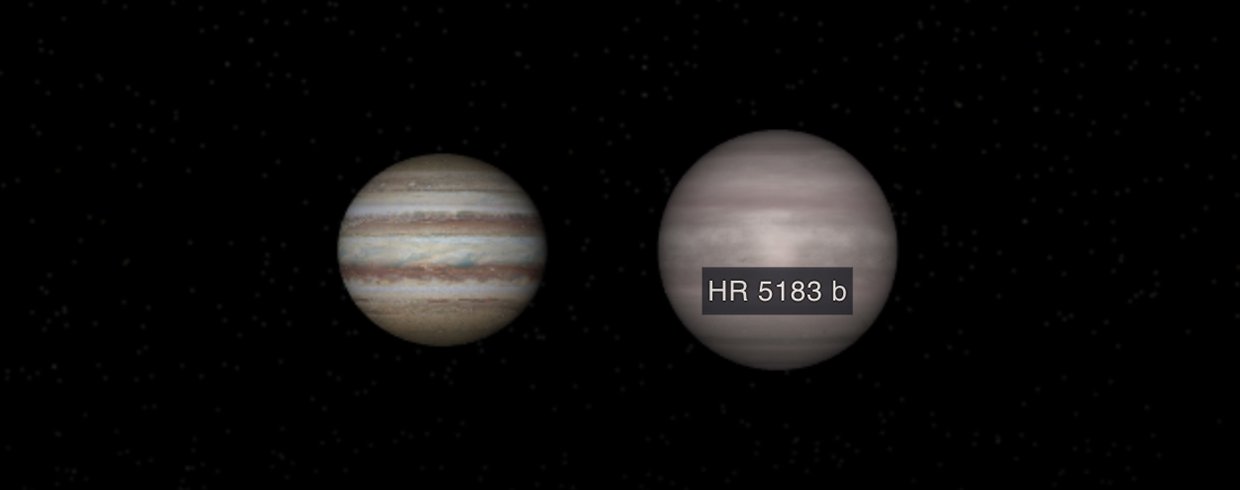
Dec. 27, 2019
Research Highlight
A Wrecking Ball in the HR 5183 System

HR 5183 b is a gas giant exoplanet that orbits a G-type star. Its mass is 3.23 Jupiters, it takes 74 years to complete one orbit of its star, and is 18 AU from its star. Its discovery was announced in 2019.Image credit: NASA.
A study supported in part by the NASA Astrobiology Program provides new insight into the potential habitability of stellar systems that contain giant planets in eccentric orbits. Astronomers have now identified numerous stellar systems, many of which are structured differently than our familiar solar system. The recent discovery of the planet HR 5183b is one example. Like Jupiter, HR 5183b is a gas giant. Unlike Jupiter, the planet is on a highly eccentric orbit around its host star, cruising through the system on an orbit that is far from circular.
Giant planets cause powerful gravitational interactions, and can have profound implications for a stellar system as a whole. Using HR 5183b as a case study, astrobiologists looked at how giant planets on eccentric orbits affect the habitability of a stellar system. Using dynamical simulations, the team studied how the orbit of HR 5183b could allow stable regions to exist within the habitable zone of the host star. Even though HR 5183b causes powerful perturbations, there are still narrow locations where small, rocky planets could find long-term, stable orbits.
The study, “In the Presence of a Wrecking Ball: Orbital Stability in the HR 5183 System,” was published in The Astronomical Journal. The work was supported by the Nexus for Exoplanet System Science (NExSS). NExSS is a NASA research coordination network supported in part by the NASA Astrobiology Program. This program element is shared between NASA’s Planetary Science Division (PSD) and the Astrophysics Division. This research is a critical part of NASA’s work to understand the Universe, advance human exploration, and inspire the next generation. As NASA’s Artemis program moves forward with human exploration of the Moon, the search for life on other worlds remains a top priority for the agency.